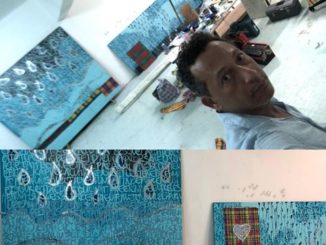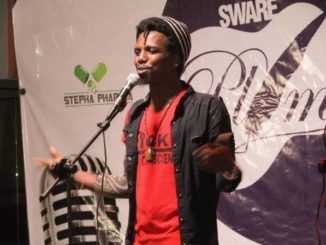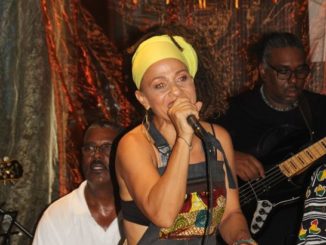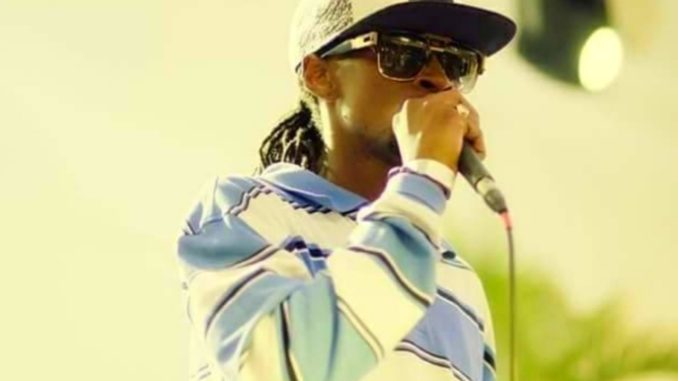
His experience in urban music, the important people he met at national and international level or with whom he collaborates could have made him inaccessible but Haya is a model of simplicity. The tracks of the artist, who is also a producer, are played on radio stations all over the world and were also played on DJs’ decks in nightclubs just before the Covid-19 epidemic…
Kariculture offers you the 1st part of a long interview given to us by the ambassador in France of Coast 2 Coast, the famous American singing contest.
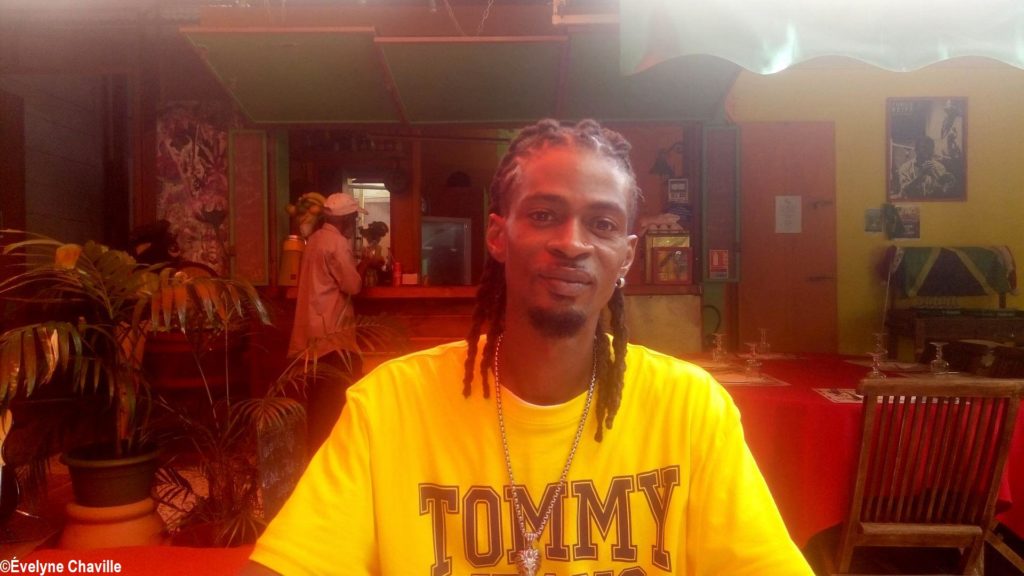
Kariculture.net : What is your real name? Why did you choose “Haya” as your stage name and what does it mean?
Haya : My real name is Cédric Claude Jarvis. Haya is the name given to me, in the 2000s, by the members of “Gang Jah Kultcha”, a band that I started with some brothers and cousins because at the time I was tall (so “Higher” and “Haya” in Jamaican Creole) and I was the hottest of the band, I always wanted to go and confront myself with bands in other cities (Pointe-à-Pitre, Baie-Mahault etc.).
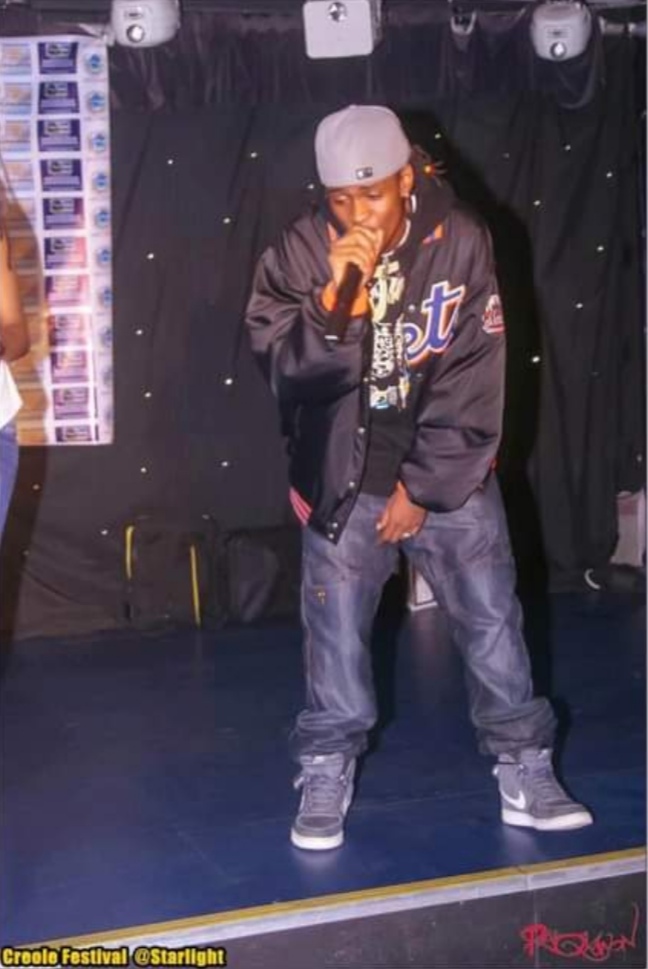
Kariculture.net : Do you come from a family where music and singing were very important?
Haya : Music is in the family: my father is a guitarist and I had a mother who sang, they always passed on to me the taste for music. On weekends, there was music in the house, everyone sang, and in church it was the same, especially gospel music from a very early age. In fact, my parents were Protestant and they sang in church, they had a small band with which they toured the churches, I was not yet born at the time and they never lost the desire to plug in the guitar and sing carols with the children etc.; my mother and her sisters were gospel fans, my father not too much.
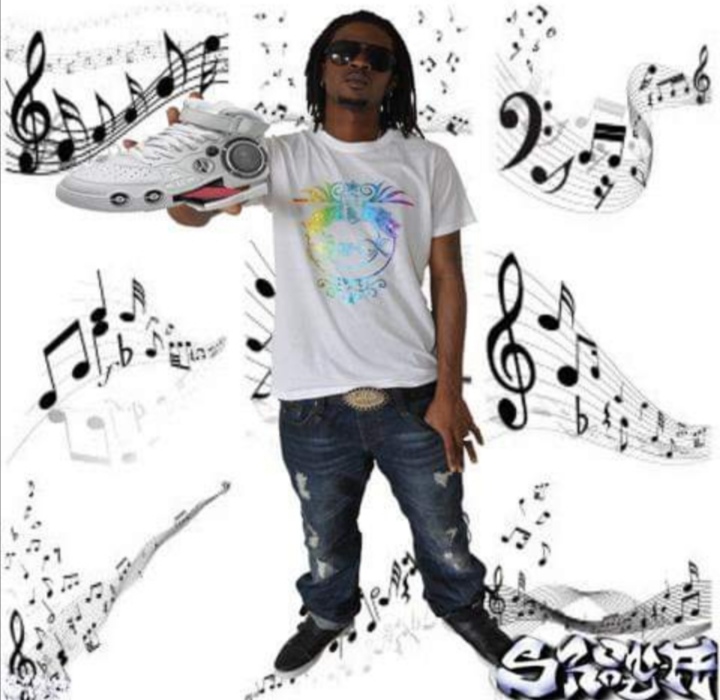
Kariculture.net : Can you tell us about your first steps in singing?
Haya : At school, I sang all the time, I didn’t know yet what path it was going to take, but as soon as there was a break, I was showing off while singing, at holiday camps, it was the same and, at the age of 13-14, I started writing my own lyrics.
When I wrote my first lyrics, my cousin Powshan and I formed the group “Gang Jah Kultcha”. I started with dancehall in 1994. I used to organize parties at home in La Jaille, Baie-Mahault: after composing, we took the microphone and invited the neighbours. Finally the whole neighbourhood came home, then the town came home and then the whole of Guadeloupe came home. It was more people who were in the reggae movement who came along but we made zouk so we played all kinds of music but the music that was emerging at the time was Jamaican dancehall. It was the time of the “one riddim”: sessions of several artists on the same instrumental and we were dazzled by the singing of the Jamaican guys. So I started doing covers of songs in Creole, always using a bit of English, I was already very good in English at that time.
When I was 17 I went off to France, I wanted to study, get away and see the world… After my mother’s death, I didn’t really want to stay in Guadeloupe, families are blended, I wanted my own momentum and I joined my sister there…
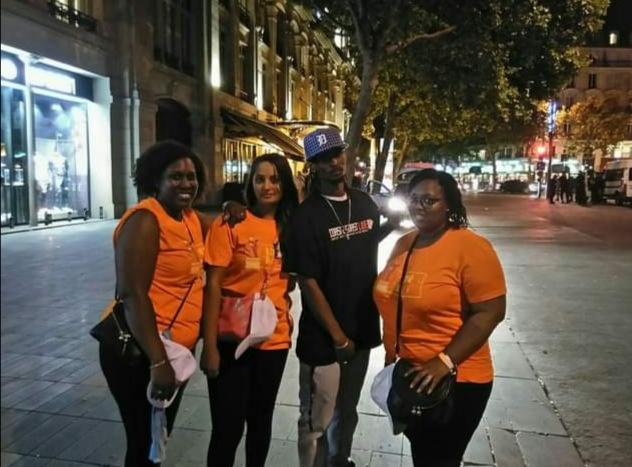
Kariculture.net : When you arrived in France, how did you reconnect with music?
Haya : I reconnected with music in the “sound systems” that still existed with people from Guadeloupe, Martinique, Guiana and Africa. I used to go there, take the microphone, go to the radio and do my own little things, I never stopped.
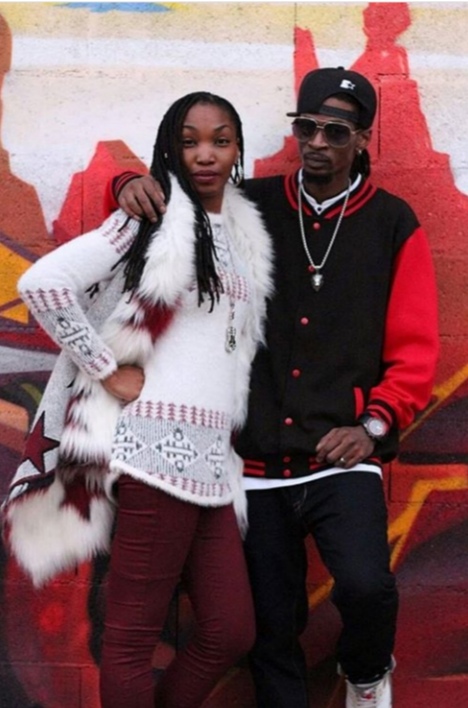
Kariculture.net : In life, you’re singer Nashoo’s partner, she has an international career. You two met in Paris. How was this meeting which was first “musical”?
Haya : Nashoo and I met in 2004 and we’ve been together ever since. Powshan, my cousin, had already contact with Nahsoo, I had heard about her and she had heard about me so we knew each other without really knowing each other. The day we met, we started working together immediately. We used to go to “sound systems” together, we wrote song lyrics together, and we started to create a small common repertoire. The “sound systems” took place in nightclubs on Avenue Hoche in Paris, I remember “Le Divan du Monde”, in the suburbs, in parks, especially in Sarcelles, during the summer holidays.
I’d already started recording songs when I lived in Guadeloupe, thanks to Ti Woni who helped me do my first studio with Jahlawa in the countryside in Goyave. I already had the studio experience but I was more of a stage artist and I still am, I’m more of a stage artist than a digital artist even if the artist’s hobby is to keep a trace of what he does, he can’t always stay in the “physical”.
So Nashoo and I went to a studio on Avenue Hoche. The champions of “sound systems” were Arawak Sound (Guadeloupe) and Junior Sound (Martinique), they were always in competition. Arawak Sound had a radio on Hoche and we went there to make our recordings and some members of my team also had their studio so we could make our demos and, as we go along, we built up a small repertoire of songs together.
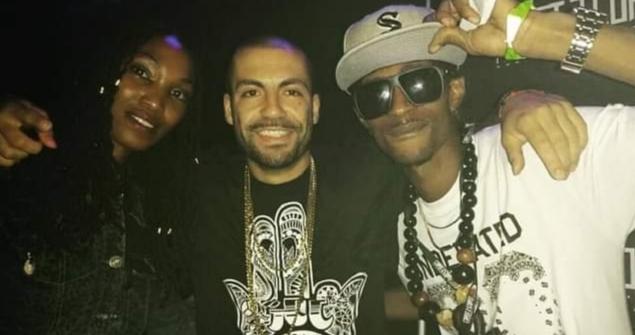
Kariculture.net : Did you release any songs at that time?
Haya : Those tracks were released digitally on SoundCloud, we didn’t make any albums. From 2006, we started to release our legal digital songs, without using SoundCloud, we started to put our songs on Believe and they also were on other platforms like Amazon, I Tune etc.
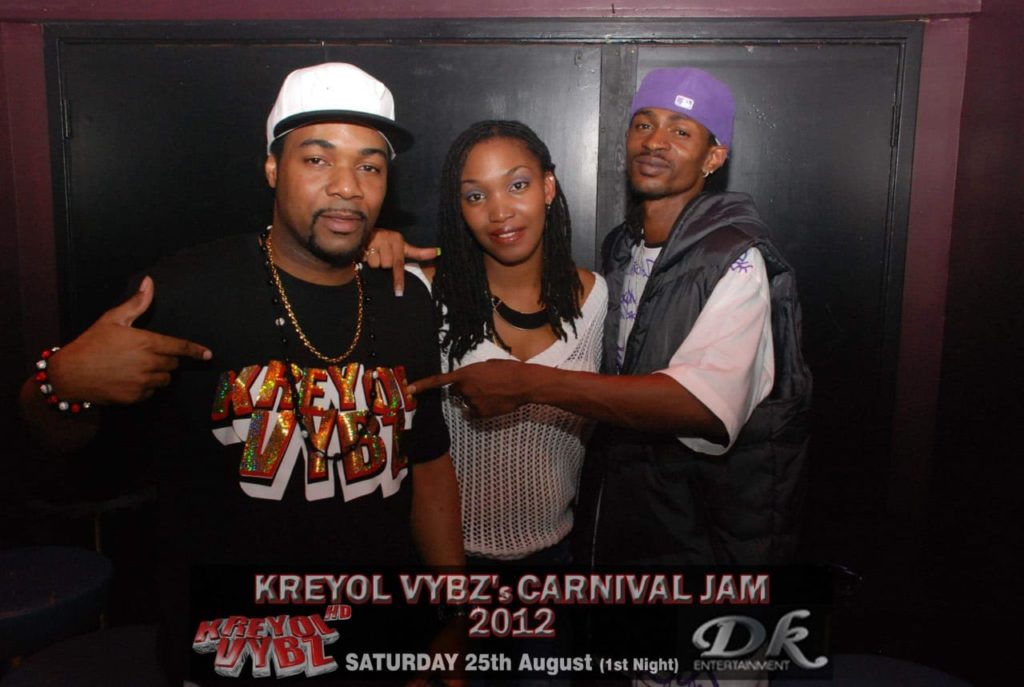
Kariculture.net : Then, you and Nashoo decided to move to London, you had to “reconnect” with music again, how did it happen?
Haya : We moved to London in 2011, it was a choice, I was already going back and forth there, I was going to discover the country. Actually, I visited a lot of European countries when I lived in Paris, I couldn’t be on a big continent like Europe and stay in Paris. I went to Italy, ex-Yugoslavia, Belgium, Holland for example but I was more attracted to England because of the English language. At the beginning, I went to London for the Notting Hill Carnival in 2008, I made contacts, I went back there in 2009 and 2010 and then in 2011, Nashoo and I settled there. An Ivorian community helped us to settle down, it guided us well.
Reconnecting with music was very quick. We were welcomed by Caribbean people (St. Lucians, Trinidadians, Jamaicans etc.) but what was surprising these people didn’t know Guadeloupe, our music, our Creole and yet there were Guadeloupean brothers who lived there but they stayed in their French milieu (for example, rappers rapped only in French) or they went straight into the “English mold”.
Nashoo and I did quite a few performances to celebrate the independence day of the English-speaking Caribbean islands – “Independence Day” in Trinidad and Tobago, Jamaica, Barbados etc. – because through our relationships, we managed to be booked for concerts. We came with our Creole language and they were happy because it was a language that some of them heard at home but it’s mostly spoken by the elders so they were happy to have us there every time…
At Christmas 2012, I bought my equipment to do my recordings and mixing; one hour of studio time cost 40 pounds/50 euros. “Tsunami” is the first song I recorded with Nashoo and mixed by myself. It’s the first track that comes out of Spaceship Musik, our production company. Before, I used to send my music to collaborators who made my mixes and masters, I asked them for advice and one day, I managed to mix a certain track and it was “Tsunami” which allowed us to make a good breakthrough.
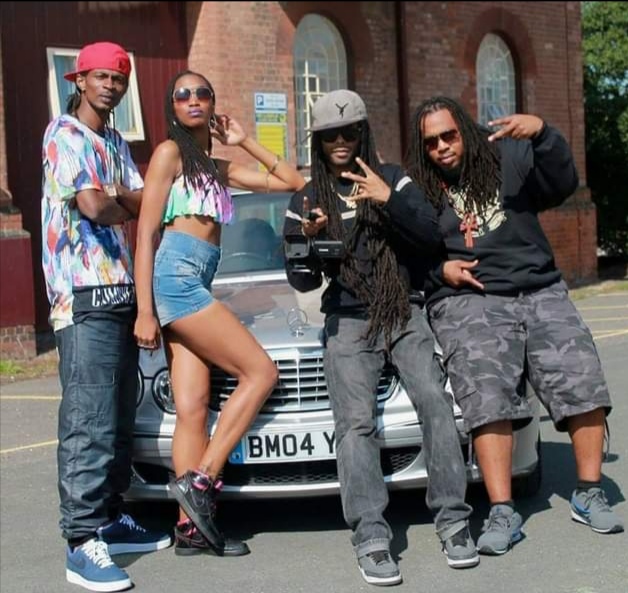
Kariculture.net : In the British capital, your career took another turn with a first participation in the great Coast 2 Coast contest to be on the mixtape by a very famous American rapper. Can you tell us more about this?
Haya : This track “Tsunami” is our first track totally in English, until then we used to mix English and French. It wasn’t for sale, we put it on SoundCloud at the beginning, the music wasn’t ours, it belonged to a producer from Jamaica who had already released a “one riddim” session with several artists. Before recording “Tsunami”, I contacted this producer named Anju Blaxx, CEO of UIM Records, and I asked him for permission to use the music on a non-for profit basis and put it on my SoundCloud and he agreed. We had good feedback from Guadeloupeans, French speakers who had been following us for a long time.
I received an email from Coast 2 Coast offering me to take part in a competition to put this track that Nashoo and I were performing as a duet on the mixtape by an American artist I really like, Future. Coast 2 Coast allows independent artists to be alongside leading artists on a project, which gives us a lot of visibility. I didn’t tell Nashoo anything, I entered the competition.
We needed to collect votes, comments, interactions. We also “started a campaign”, we asked our families, friends, fans to vote for us. We finished 3rd in this contest and were selected to be on Future’s mixtape.
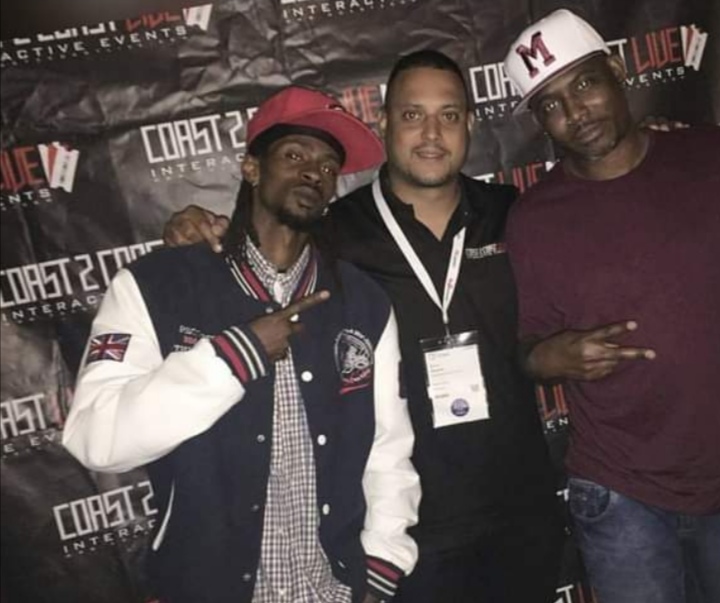
Kariculture.net : What was your reaction when you really saw your song “Tsunami” on Future’s mixtape?
Haya : I was very happy, Future even put his imprint on the song, he left an acappella, our song was the only one that got the acappella from the guy, I still have the card, it’s a nice dedication. I contacted Future, we spoke together. This allowed me to have contacts. “Tsunami” became Nashoo and Haya’s flagship title, it made us discover the international career.
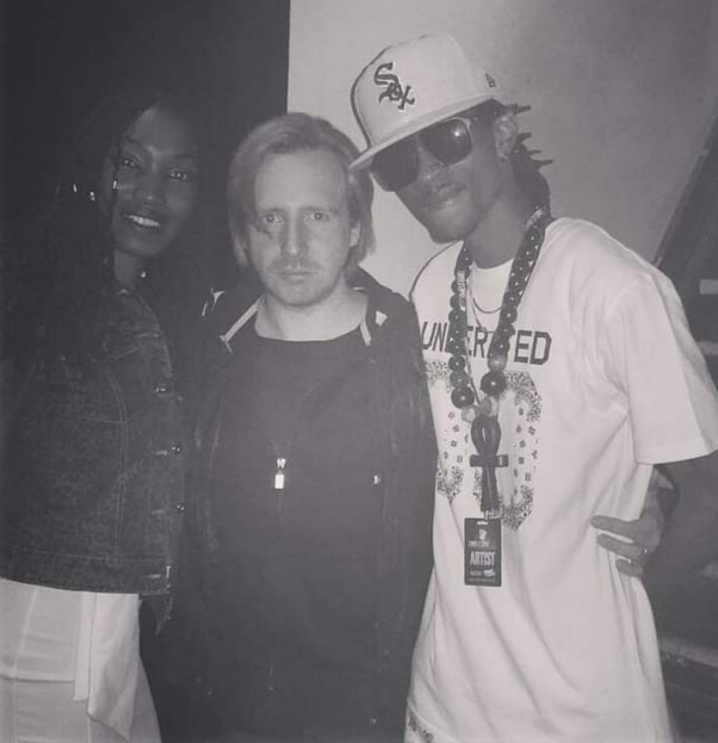
Kariculture.net : The adventure with “Tsunami” wasn’t going to stop there, since you and Nashoo participated once again in the famous American singing contest “Coast 2 Coast”. This time, you had to perform on stage and in front of a jury…
Haya : The Coast 2 Coast live competition was already held in about 60 cities in the United States. The month after the competition to be on Future’s mixtape, the organizers decided to make this live competition in Europe and to start with England. Nashoo and I had already decided to go back to Guadeloupe, we had bought our ticket for the day after the live event, even though we were going to win.
The “live” was in Camden. We arrived in the room, we saw the contestants, we greeted the judges and they explained to us that their principle is to create connections, without connection you are nobody, so to start interacting with people, with the judges, we understood that very well, we took all the possible contacts. That day I met one of the most important hip hop producers in the USA, Rob Curty 808 Mafia, DJ Big from one of the biggest American radio stations, Gareth from Major Player Music Global, the ambassador of Coast 2 Coast in Great Britain and Lil Fats, the boss of Coast 2 Coast, who had come for the occasion.
When our turn came to go on stage, we just did our show but the producer of 808 Mafia recognised the instrumental that wasn’t our music – he listens to a lot of dancehall – so the jury said Nashoo and I had to be first but we will be fourth, so I said that maybe they should change the rules because we have the producer’s permission to use this instrumental, the lyrics are ours and we come from a reggae-dancehall scene where it’s very common, maybe not in hip hop. It’s true that we were a bit offbeat because it was a hip hop contest but “Tsunami” is a mix of dancehall, RnB… Lil Fats and Rob Curty 808 Mafia consulted each other and came back to us, they apologized and Rob Curty said: “what are you doing, we gave you our business card and you still haven’t sent us a message, you don’t know who we are?”. In fact, they come to give opportunity to independent artists and they expect responsiveness right away.
The judges left us 4th but we were given a bigger opportunity: to become the ambassadors of Coast 2 Coast in France.
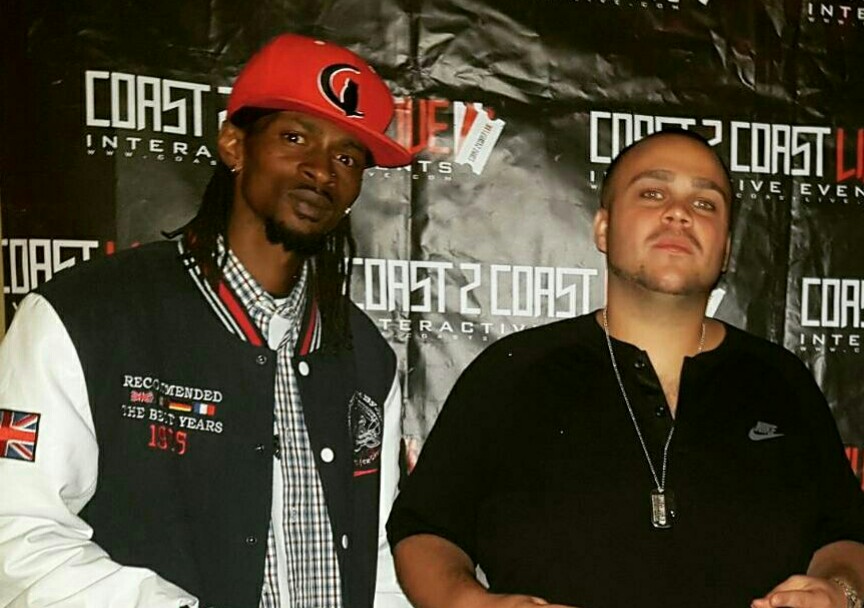
Kariculture.net : How did the boss of Coast 2 Coast, Lil Fats, make you this great proposal?
Haya : Lil Fats came back to us and said: “I heard you are going to Paris, tomorrow I need to settle in France, especially in Paris and Cannes, could you help me?”. Nashoo and I agreed to be the ambassadors of Coast 2 Coast in France but we had to stay in Paris for another 10 months to set it up, then we returned to Guadeloupe.
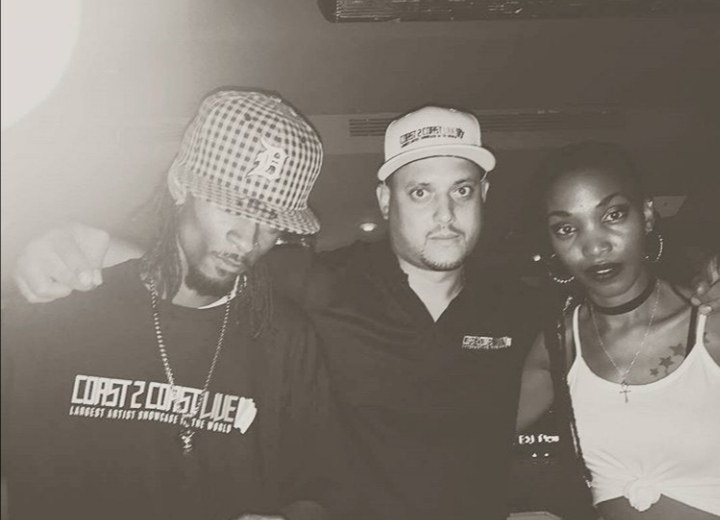
Kariculture.net : How did the establishment of the Coast 2 Coast contest in France go?
Haya : This happened in 2016. I first looked to find a venue in Cannes. Lil Fats wanted to make an event in parallel with the MIDEM (International Music Market) where Coast 2 Coast already has a stand because many artists come to this event to make connections. So I found a venue in Cannes and a venue in Paris, we set a date, we do a promotion and I was in charge of recruiting the jury; I had to find actors of record and urban music (hip hop, reggae, dancehall…) in France who could be judges in this event in addition to the judges coming from the United States, London and elsewhere.
I found a lot of people like Yann Dakta, productor of PNL; Dream Touch who is a French beatmaker who works with the United States; Why Not Production who is a Franco-Beninese and does beatmaking for Jamaica etc; French rapper Booba was too expensive…I welcomed the public and presented the competition…
Even though Nashoo and I now live in Guadeloupe, as ambassadors, we have a web interface to continue to lead the organization of the Coast 2 Coast contest in France. We can see all the registrations on this website and participants can also register by contacting us. I don’t necessarily need to travel to France since Gareth, who is the ambassador of Coast 2 Coast in Great Britain and who is now my collaborator, can go to Paris and Cannes to present the event.
About twenty editions have already taken place in Paris, in nightclubs such as Le Mikado and Les Disquaires, and each time it’s a competition with contestants on stage, artists who perform and a jury that deliberates. Over the past few months of Covid-19, there was no competition.
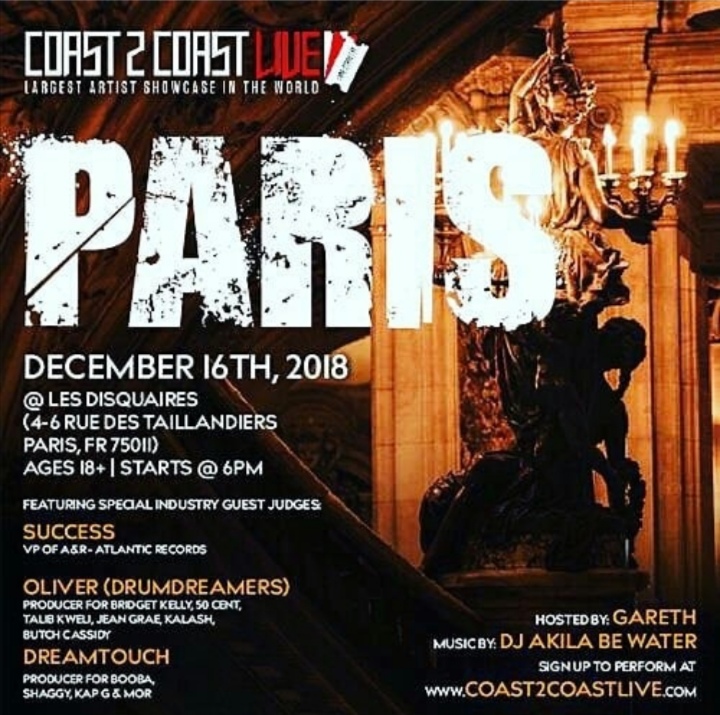
Kariculture.net : What does the Coast 2 Coast winner win in France?
Haya : When artists win, Coast 2 Coast opens up its entire network to them so they win promotion and distribution. The Coast 2 Coast winner in France wins the opportunity to participate in the annual Grand Final in Miami which offers the Grand Winner 50,000 dollars and the distribution of his music…










